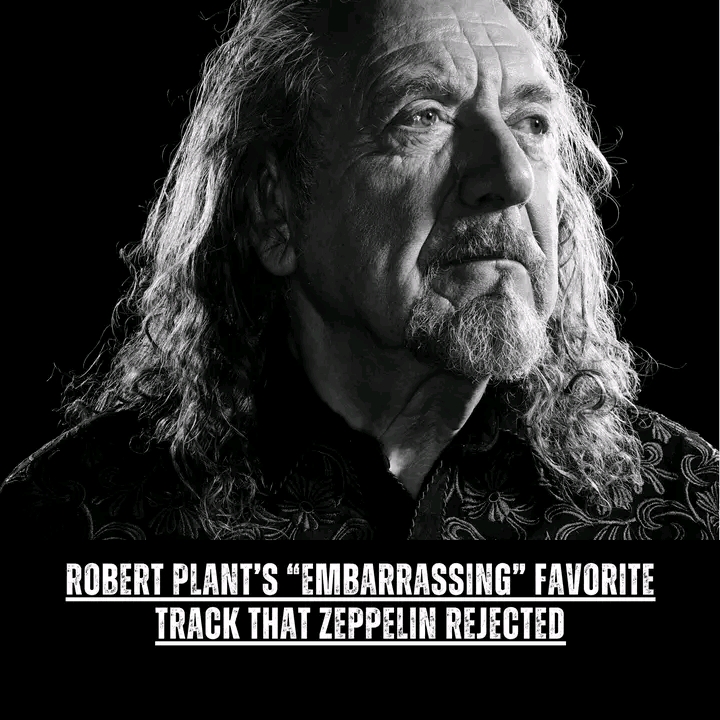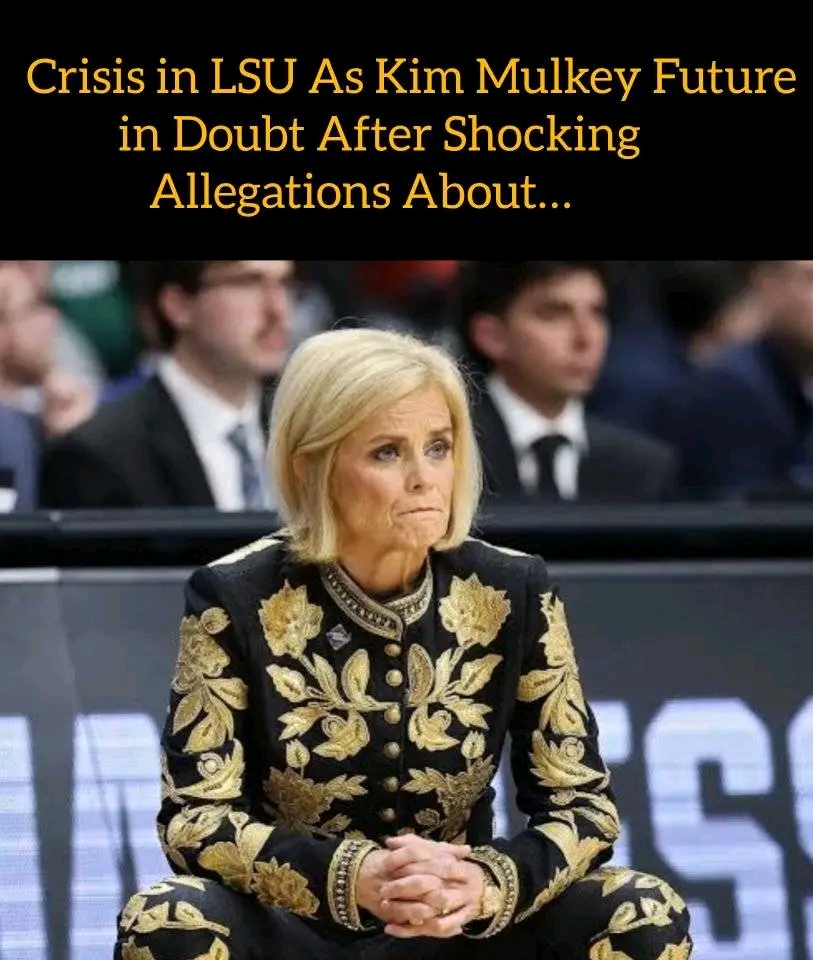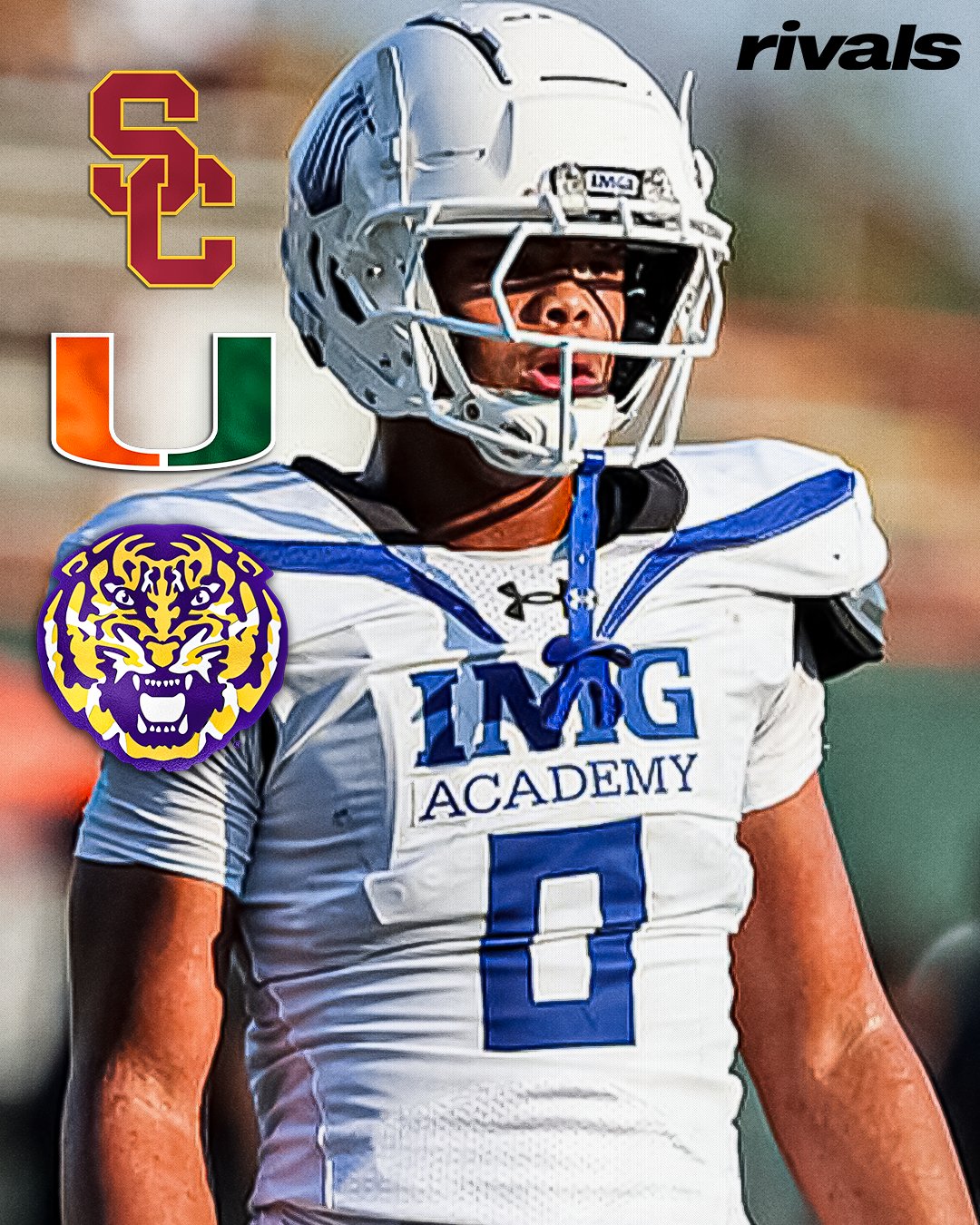The Hidden Gems of Physical Graffiti: Uncovering Led Zeppelin’s Rejected Tracks
By 1975, Led Zeppelin had cemented their status as rock legends, with a string of iconic albums that defied genre boundaries and pushed the limits of musical innovation. With *Physical Graffiti*, their sixth studio album, the band continued to showcase their creative depth and ambition. However, not all tracks made the cut for their earlier albums, and some songs were left on the shelf, waiting for the right moment to shine.
The Origins of Physical Graffiti
Physical Graffiti was a double album that included some of Led Zeppelin’s most experimental and groundbreaking work. Released on February 24, 1975, the album featured tracks that had been recorded at various points in the band’s history, including some leftover songs from the Led Zeppelin IV sessions in 1971. This eclectic mix of songs showcased the band’s versatility and willingness to take risks in the studio.
The Rejected Tracks
One of the most fascinating aspects of Physical Graffit is the inclusion of tracks that were previously rejected or shelved by the band. These songs offer a glimpse into the band’s creative process and highlight the challenges they faced in selecting material for their albums. Some of these rejected tracks include:
“Boogie with Stu”: A fun, upbeat track featuring a guest appearance by Ringo Starr’s stepfather, Stu Sutcliffe, on piano. This song was initially recorded during the *Physical Graffiti* sessions and showcases the band’s ability to craft infectious, energetic tracks.
“Ten Years Gone”: A song that features Jimmy Page’s innovative use of the double-nec guitar and showcases the band’s ability to blend acoustic and electric elements.
“The Wanton Song”: A high-energy track with a driving rhythm and powerful guitar riffs, demonstrating the band’s capacity for heavy, hard-rocking soundscapes.
Robert Plant’s Favorite Track
According to Robert Plant, one of his favorite tracks that didn’t make it onto Led Zeppelin IV was “Boogie with Stu”*. In an interview, Plant mentioned that the song was “embarrassing” to him, but it’s clear that the track holds a special place in his heart. This song’s inclusion on Physical Graffiti demonstrates the band’s willingness to experiment and have fun in the studio.
The Legacy of Physical Graffiti
*Physical Graffiti* is a testament to Led Zeppelin’s innovative spirit and creative depth. The album’s diverse range of songs showcases the band’s ability to blend different styles and genres, from blues-rock to folk and hard rock. With its complex arrangements and experimental approach, *Physical Graffiti* has become a fan favorite and a staple of the band’s discography.
In conclusion, Physical Graffiti is a fascinating album that offers a glimpse into Led Zeppelin’s creative process and showcases their willingness to take risks in the studio. The album’s mix of experimental tracks and rejected songs demonstrates the band’s commitment to pushing the boundaries of rock music. As a result, Physical Graffiti remains one of the most beloved and enduring albums in Led Zeppelin’s remarkable discography.



